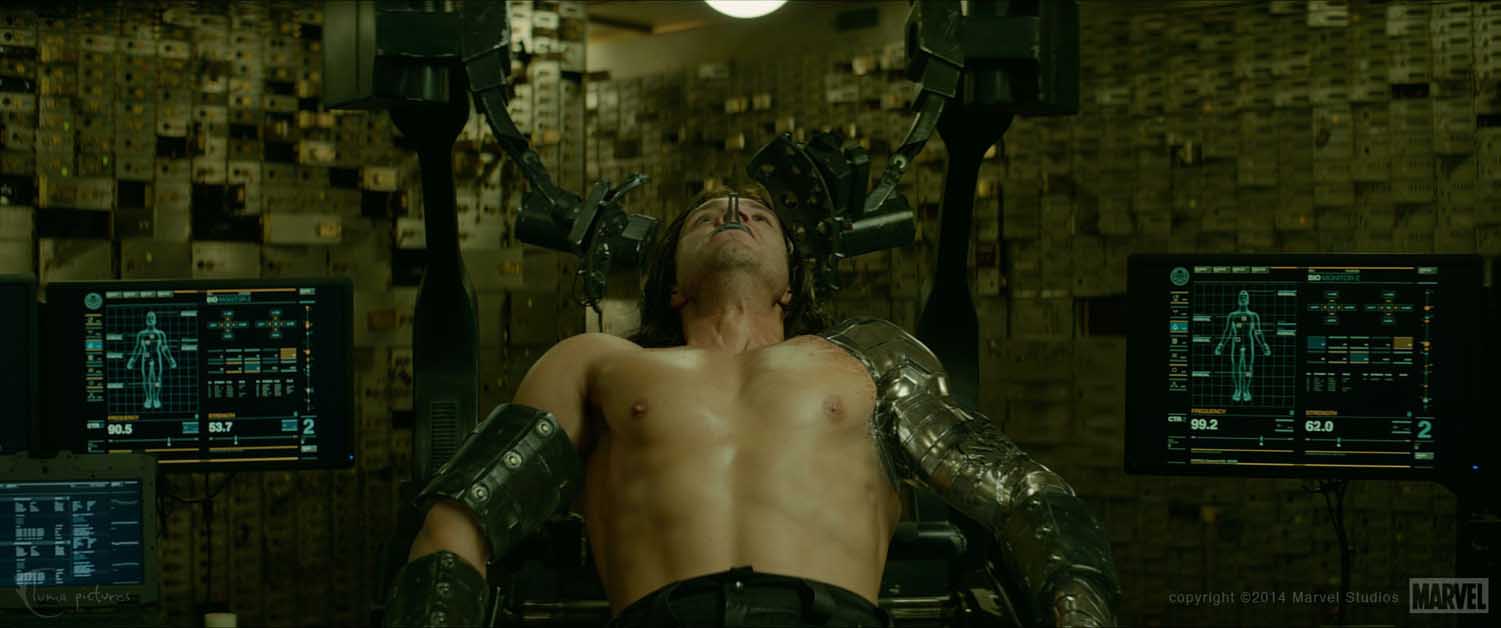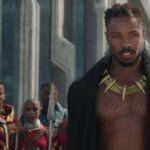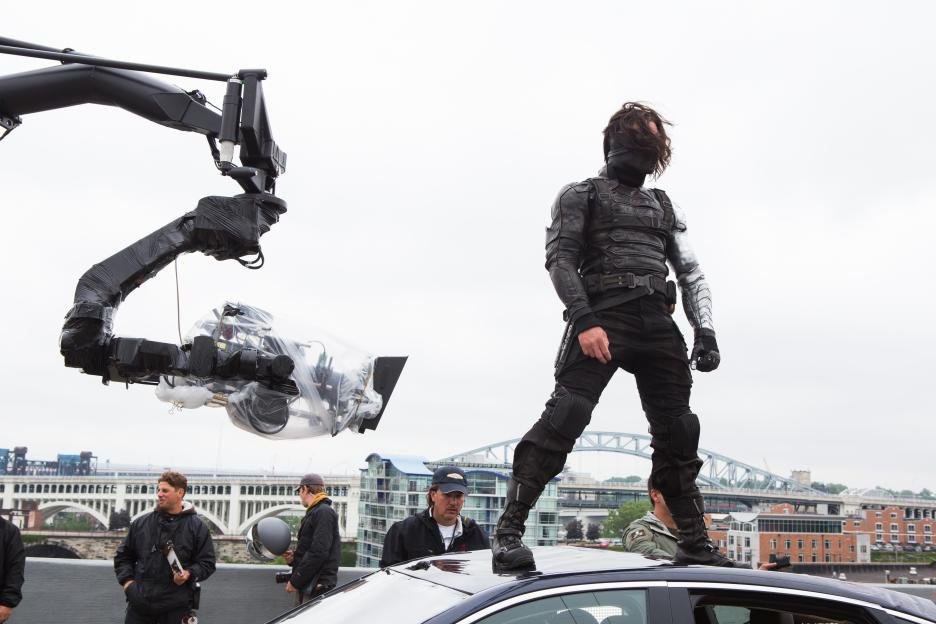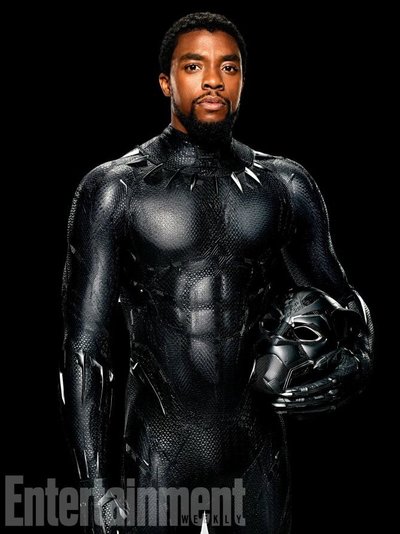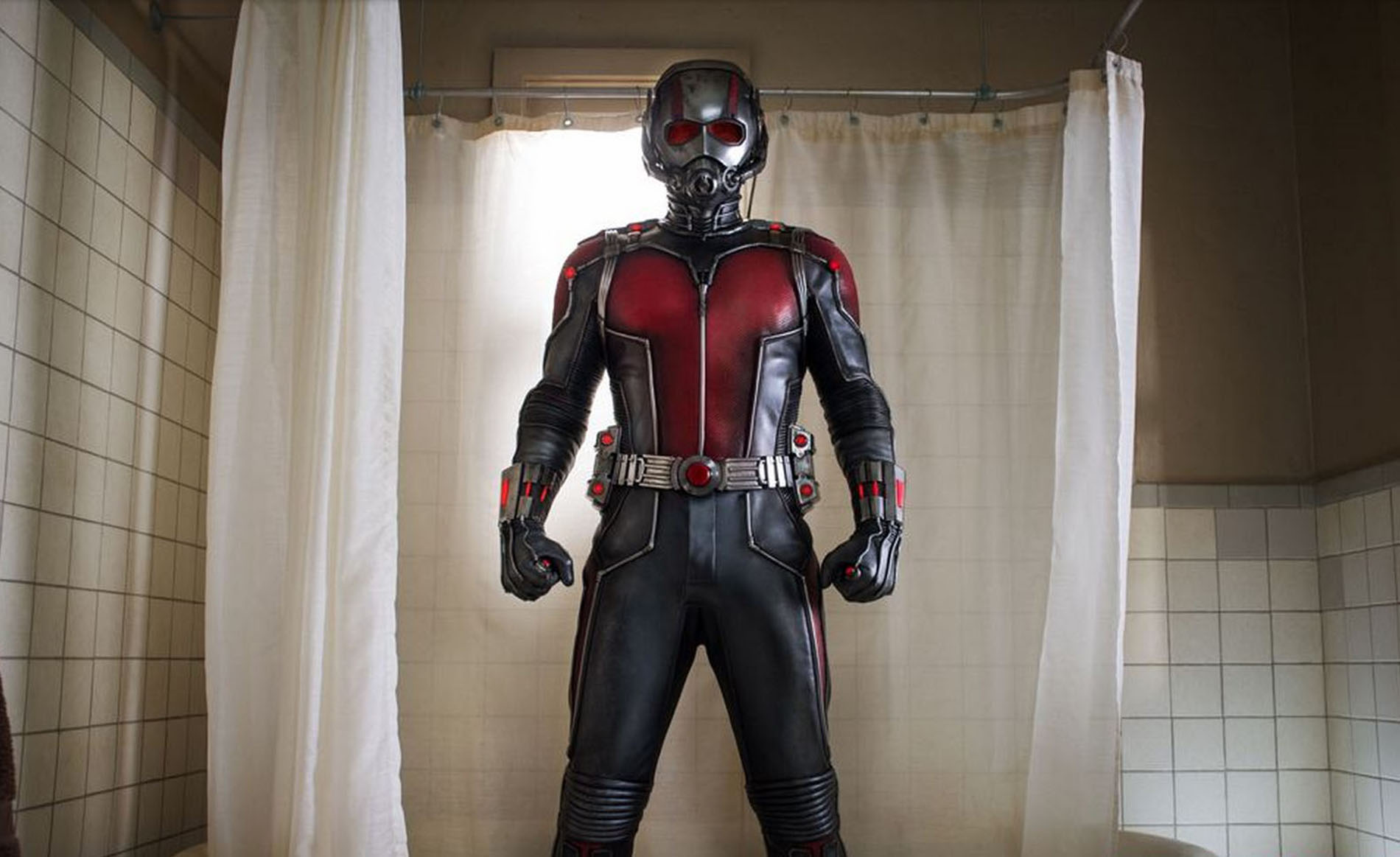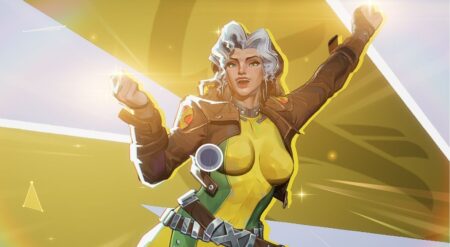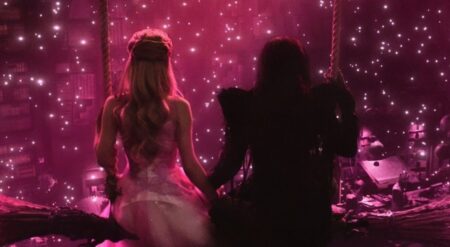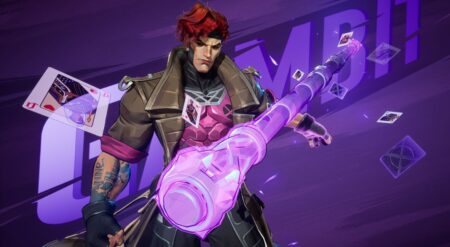
The male gaze is a term used in feminist theory to talk about media, often visual media like comic books, art pieces, movies, and television. Representation of women from the male gaze means that female characters are to cater to and represent only the fantasies of male authors and readers. This has been a long-standing issue in comic books, where heroines are often depicted from a man’s point of view: their body proportions, outfits, and situations were made to please the man reading/watching. A great example is Wonder Woman’s uncanny ability to be constantly be tied up by other women and men in order to be saved by a brave man, a noted element that has been officially tied to the creator’s interest in BDSM.
But on the other side of that coin is the idealization of hyper-masculine bodies, especially in the MCU. On the page, Chris Rob Liefeld’s creations had just as unrealistic proportions as the women who constantly seem to be missing a spine in their poses. The difference here is that when women are animated or written from the male gaze, they were only objects in their stories and not actors with agency.
With hyper-masculine and unrealistic bodies, male characters did not have their agency or stories hurt by this, they were still the saviors, not victim. They were also not just in the story to won and/or screwed (which happens even with female protagonists). It’s this balancing of sexuality and capability that male characters have had in comics that, in my opinion, bring forth a new wave of sexualizing characters in comic book movies (CBMs), in a healthy and unproblematic way (this extends to women).
Although Scarlet Johansson’s Black Widow is sexual and feminine, she isn’t shown as incapable. In fact, in her debut to the Marvel Cinematic Universe (MCU) she is the savior and it’s in her larger role in Winter Soldier that we see her grow and be sexy as well as capable. A simple explanation for this would be that since there are so few women in MCU with main roles, Marvel doesn’t have the means to continually sexualize women. This is valid but misses the point that MCU has proven itself to treat it’s characters with respect even while highlighting their sex-appeal. That being said, Black Widow, Gamora, and Pepper Potts have the most screen time and have all been sexualized in ways that didn’t detract from their story – Widow has butt close-ups, Gamora has scene where she’s naked and mesh-cutout super suit, and Potts saves the day in her bra in Iron Man 3.
All of this is okay because their characters don’t suffer from it, these states of undress or camera focus while unnecessary don’t detract from the larger themes they fit into. The interesting thing in the MCU is that, in the 18 films of the franchise, we see men in the same way women are often shown in other movies, and way more than the women in the films: unnecessary bare chests, random wardrobe changes in public, and close-ups lingering on the butt or chest. In fact, in an MCU movie, coming across T&A (known across the internet as tits and ass) happens regularly, only it’s the male body that’s on display.
This isn’t to lessen the importance of striving and fighting for proper representation of women and specifically women of color (who are often treated as objects more frequently than white women), but to open the conversation to include the very real way women objectify the Men of Marvel when we see Steve Rogers with a beard or Erik Killmonger taking off his shirt. The thirst tweets following the release of the latest Avengers: Infinity War (2018) were unrelenting (to which I heavily contributed to). By explaining the ways in which the MCU uses sex and sexuality to play to the woman’s gaze as she watches is also important.
Companies are well aware that women buy 50% of tickets sold at the box office. We can both acknowledge the ways in which the MCU uses sexuality and also understand the long history and damage this type of gaze has done to women in comics, both on the page and in fandom. But it’s the MCU’s evenhanded approach to adding a little sexy into a lot of story that has, in my opinion, allowed for the few women in the MCU to be represented on camera with the traditional “butt shot” without succumbing to the and so long as characters from both genders can express their sexuality and have depth and nuance at the same time.By the same token almost every MCU movie features our leading men without their shirts for often unnecessary plot points (i.e. Thor trying on jeans).
Beyond the fact shirts are the real enemy of MCU heroes, the ways that the men are shot replicate the ways that women have been shot for years. Slow panning over the body, shooting from an angle highlighting their assets, close-ups of body parts removing the face from view, and the quintessential “wet” scene (you know the one, where the hero fully clothed does something in the rain or is dropped in water or you know, just washing themselves). In fact, the MCU uses the same techniques that other movies in this era have used to sexualize women but have used it on it’s men (see above).
Overall, the sexualization of the Men of Marvel on screen gives women much of the eye-candy they have missed in other genre film franchises which prioritizes the needs of the male viewer, but they do so without making their characters one dimensional. Although Thor has no idea what size jeans he wears, he knows who he is and still goes on to fight in full armor and save the world. One of the big takeaways from the MCU’s shirtless formula is that the character can be shirtless, sexy, and using their sex-appeal while also being fierce heroes controlling their narratives. This is done by making sure that if they are sexualized, they have a way to return to a more neutral state, i.e. battle-ready supersuits and a larger plot that doesn’t involve sex:
That isn’t to say that Marvel’s women are left in sexy outfits. For them, their suits have undergone an evolution. For Black Widow, it went from latex catsuit to tactical supersuit in Civil War (2016) and Gamora’s move from mesh cut-outs to full suit is definitely something to note. Plus, in Valkyrie’s case, her first armor set is almost exactly the same as Thor’s in Ragnarok (2017).
In fact, when it comes to superhero clothing options, you’d be hard pressed to find one that wasn’t tactical, appropriate for its location, and overall focused on stories. For me, this can be tied back to the recognition that those buying tickets and filling seats are equal parts male and female. What we have in the Men of Marvel is the opportunity to give both preferences (seeing a sexy man or a sexy woman) a shot on the screen. Using its sex-appeal formula in the women joining the MCU roster as main characters (Wasp and Captain Marvel) is something I would welcome and works at creating an equal universe where all fans are serviced but the story remains intact.
The reason women want unsexualized heroines is because we have only received sexy women, we haven’t had them as agents in their story, they’ve been sexy first, hero second. Remember ALL the Catwoman suits (granted that character is pure sex)? Disqualifying a sexualized hero as weak for her appearance alone is also problematic. In this way, using the MCU’s model, I want women who are sexy and strong and well-rounded characters. I personally believe that the Men of Marvel serve as proof that we can get to that balance.
The MCU model of sexualizing characters is a pathway forward. We are mostly sexual beings, so of course, when we see a character that hits our preferences we swoon. But the way to bring this appreciation of attractiveness forward is to make sure that we balance the sex with the story. We can objectify them in our thirst tweets, but in their setting, so long as they remain active in their stories, they’re never objects. That’s how we can all have our thirsts quenched in the end. Even though bearded Captain America has left me eternally parched.




